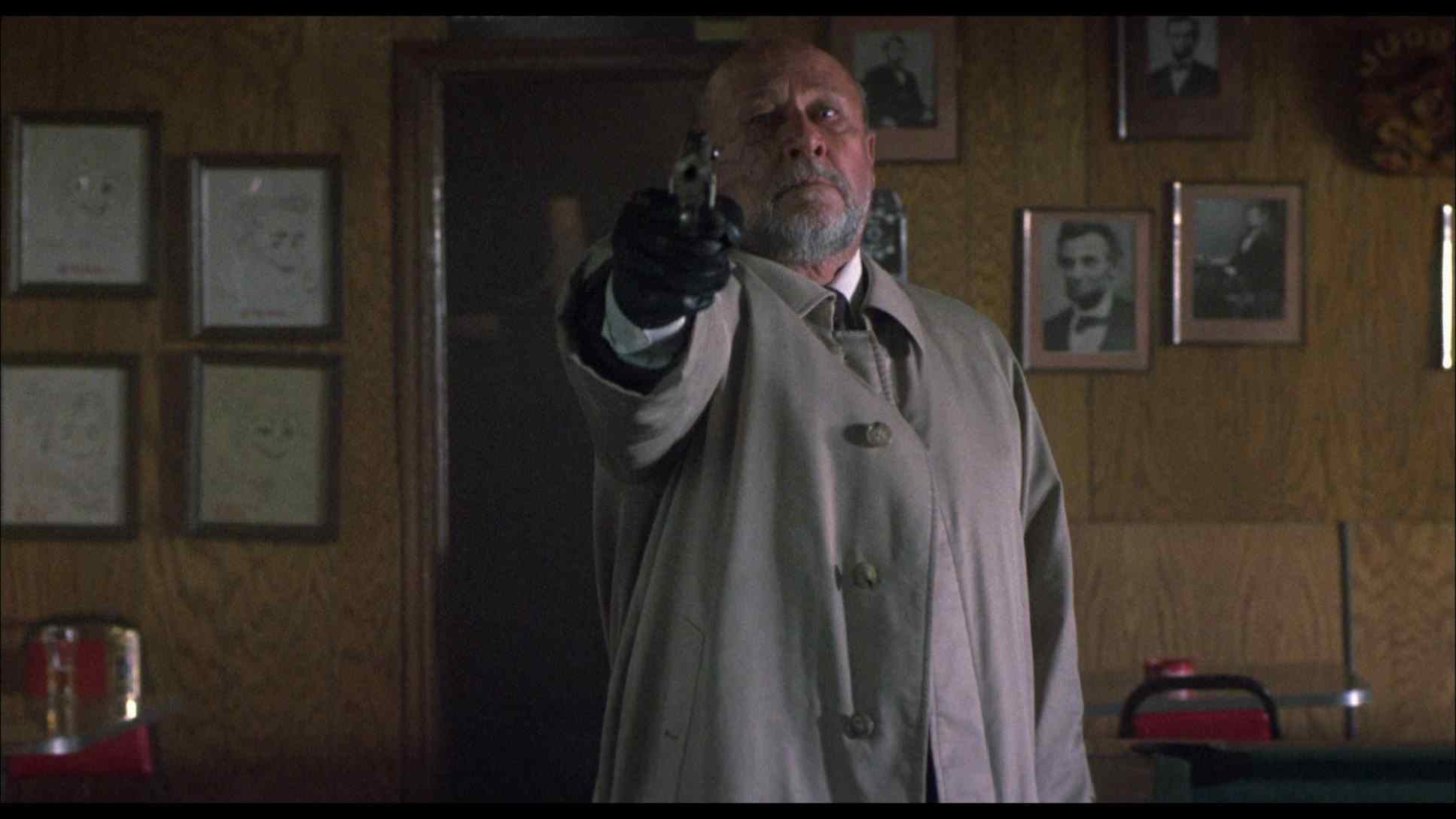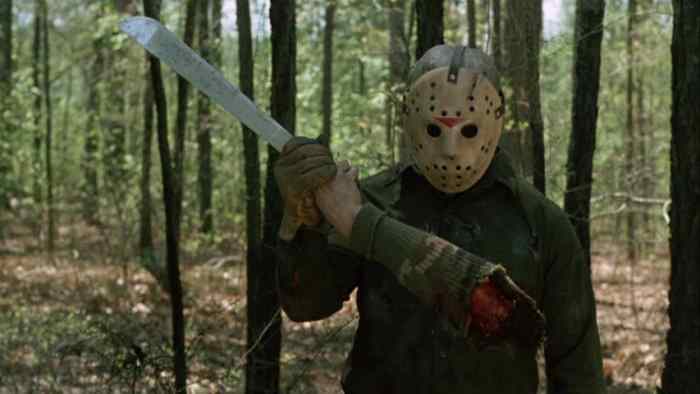Back in the day, every movie got a novelization. They were mostly seen as great for people who didn’t want to commit fully to reading or for children who needed to coast through a book report. Even if a movie didn’t lend itself to the page whatsoever, it had a novelization. The horror genre was no exception. You could find novelizations of everything from Halloween to It’s Alive on bookstore shelves. Some elaborate on the backstory of beloved horror movies and attempt to explain the plot holes. Others completely change vital details about the storyline on the film which they are based. These are five examples of horror novelizations that changed the way we look at characters.
Dr. Loomis has a neglected son in Halloween by Curtis Richards
Dr. Loomis is a man of singular purpose in John Carpenter’s Halloween and its sequels. He exists to take down Michael Myers and that’s it. His obsession with Myers and relentless need to stop him is what drives his character. It becomes a different situation when, in the book adaptation of Halloween, Loomis has a teenage son and acknowledges–in passing–that he should spend more time with him but that he probably won’t. The fact that Loomis has a family and other factors in his life really changes his character. Even if he probably severed ties with them in his continued pursuit of Myers, Loomis had already been obsessed with Michael for at least seven years at this point in time. There are other noteworthy backstories in this book that totally change the characters as well. If you think the druidic curse plot in Halloween: The Curse of Michael Myers came out of nowhere, you’d be wrong. Its origins can be traced back here.
The Gremlins are alien genetic experiments in Gremlins by George GipeThe novelization of Gremlins differs heavily from the film in the sheer amount of backstory given to their species. This rambling insanity notes that the mogwai were created by a scientist on a distant alien planet. They were designed as gentle creatures, but had an unstable physiology which led to their transformation into murderous monsters. Every 1 in 10,000 mogwai stay furry and friendly, like Gizmo. In the movie, we learn nothing about the creatures themselves or where they come from. It’s not totally imperative that we know. The book, however, details anything about the species you could ever think to ask.
 Chucky is extremely hung up on the fact that he killed his mother in Child’s Play 2 by Matthew Costello
Chucky is extremely hung up on the fact that he killed his mother in Child’s Play 2 by Matthew Costello
In Matthew J. Costello’s novelization of Child’s Play 2, as there is no novelization of Child’s Play, the author saw an ample opportunity to delve into Chucky’s past and create an entire backstory that the films had not hinted at. We learn that Chucky’s Napoleon complex goes back further than simply having his soul trapped inside a doll’s body. Instead, it is revealed that Chucky’s mother was a dwarf and–as he was relentlessly teased and grew to hate her for it. His mother became his first victim and, he refers back to the incident and its effect on him virtually every chance he gets, throughout the book.
 Freddy is the son of a pimp in Nightmares on Elm Street by Jeffrey Cooper
Freddy is the son of a pimp in Nightmares on Elm Street by Jeffrey Cooper
Long before the flashbacks to Freddy Krueger’s past in Freddy’s Dead: The Final Nightmare, there was Jeffrey Cooper’s triple adaptation of Nightmare on Elm Street 1, 2 and 3. The adaptation of the third is particularly entertaining because it is based on that movie’s very first draft. Ending the book is a bonus chapter titled “The Life and Crimes of Freddy Krueger” that goes deep into the character’s past and gives him a full biography. It’s very different from the details of Freddy’s past that we got throughout the series, which only makes it more intriguing. Here, young Fred was taken in by an old pimp who thought the boy could be of use to him. He would beat Freddy when he caught him with the girls and the book states that this gave Freddy an inability to separate sexual pleasure and pain. It basically sounds like an excerpt from a true crime novel, but mostly for its matter-of-fact reporting style than the content.
 Jason is all too similar to Michael Myers in Friday the 13th Part VI: Jason Lives by Simon Hawke
Jason is all too similar to Michael Myers in Friday the 13th Part VI: Jason Lives by Simon Hawke
Jason has drawn many comparisons to Michael Myers over the years. Both are supernaturally enhanced, silent killers who wear white masks. The comparisons are valid. But they have always had fairly different origins. That is, until Simon Hawke‘s novelization of Friday the 13th Part VI. In this book, Jason is revealed to be a quiet, shy kid. He has a few physical deformities, but certainly no mental handicaps as most of the movies in the series would hint at. It even chronicles his time seeing a child psychologist, revealing that Jason could at least speak as a child but simply chose not to. The other kids all avoided him as if there was something sinister about him right from the start. It’s interesting stuff, but ultimately doesn’t help separate the two characters as totally different entities.









